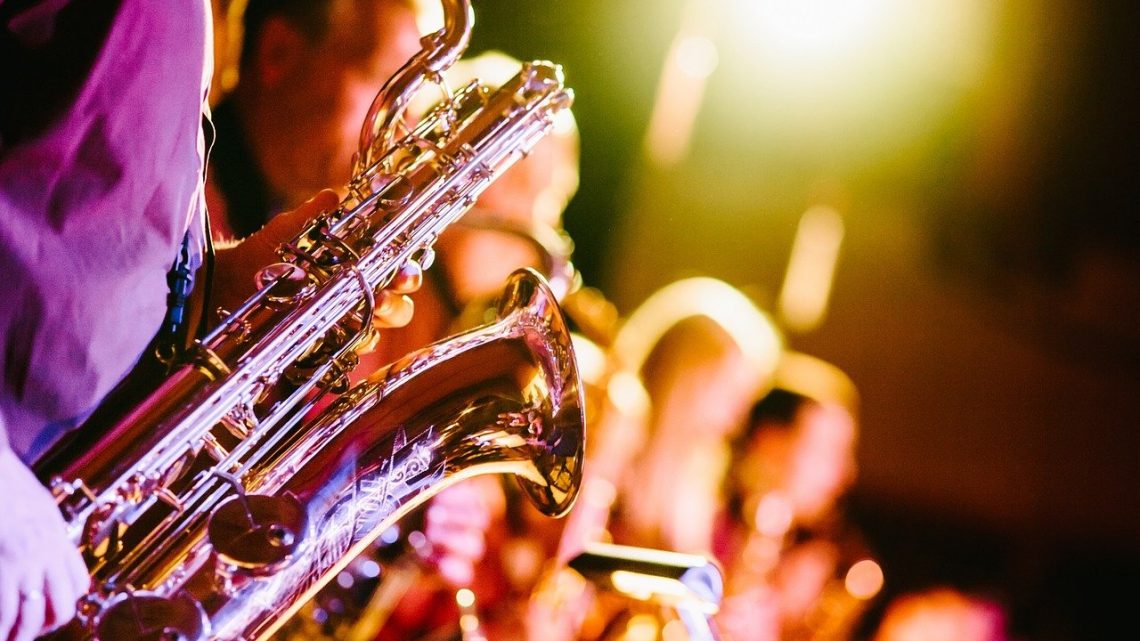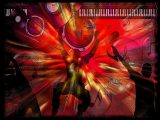Introducing Jazz: Thinking about Music Like Never Before!
August 11, 2021Have you ever given thought to the term ‘Jazz’ and wondered where it comes from? If not, we’ve got you covered. An etymological study of the term relates it to the African-American word ‘jasm’, which was slang for energy or vim. The term ‘jas’ likely emerged from this. Another possibility is that ‘jas’ referred to jasmine perfume worn by the prostitutes of New Orleans – they are related because a part of jazz music developed in these brothels. Eventually, ‘jas’ and ‘jass’ are picked up, but they are believed to have sexual connotations. Hence, a ‘cleaner’ term ‘Jazz’ was introduced to replace the existing terms.
The Debatable Roots of Jazz and the Current Scenario
There is a long-standing debate regarding the origins of Jazz. Sociological research and jazz historians have not pinpointed the exact root of Jazz, but the influence of the early 20th Century black community is undeniable. The use of trombones, clarinets, and cornets was a part of the traditions of the black Baptist church. Another central element of jazz music was the habanera beat – it points to the influence of Caribbean tunes. The ragtime genre is a direct predecessor to Jazz, and the idea of humor probably comes from the practice of parodying the opera to poke fun at the black and white racial divide. It is pretty evident that Jazz has a very rich history and has elements of multiple traditional and folk black cultural practices. All of these evolved and culminated to form Jazz as we know it.
The debate arises from the fact that many artists from white ethnicity claimed it to be their invention during the early days of Jazz as an upcoming genre. They appropriated the native black cultures to produce something that would benefit them monetarily and denied credit to the native sources. Nick LaRoca is one such artist who claimed to have invented the genre personally. He later became racist and propagated how the white communities invented Jazz and presented the black communities in poor light. This is a classic example of a white artist’s exploitation of a non-white tradition and degradation of it to wash their hands off any claims of plagiarism. This problematic tradition was at the heart of the debate regarding the origin of Jazz. Now the exceptionally rich history of Jazz is common knowledge amongst dabblers in the genre. However, some people are still in the dark owing to a lot of misinformation that goes around.
If you need a list of songs to get you attuned to the melodies of classic Jazz, here are some absolute classic tracks. You’ve undoubtedly heard some of them!
- My Favourite Things by John Coltrane
- Take the A Train by Duke Ellington
- All Blues by Miles Davis
- Goodbye Pork Pie Hat by Charles Mingus
- My Funny Valentine by Chet Baker
- What a Wonderful World by Louis Armstrong
- Summertime by Ella Fitzgerald
- Good Morning Heartache by Billie Holiday
- At Last by Etta James
- Feeling Good by Nina Simone
- Bye Bye Blackbird by John Coltrane
- Someday My Prince Will Come by Miles Davis
- Straight, No Chaser by Thelonious Monk
- The Girl From Ipanema by Stan Getz and Astrud Gilberto
Over the years, traditional Jazz has emerged as a major genre, and multiple subgenres have emerged from it. Some of them are cool Jazz, bebop, gypsy Jazz, neo-bop, swing jazz, soul jazz, free and progressive Jazz, and more. Being abundant in stylistic potential, Jazz also paved the way for many fusion styles that we know of today. The most popular ones are bossa nova, bluegrass, folk-jazz, ska, jazz-funk, Mambo, Afrobeat, etc.
In the bustling world of music, Jazz arguably has the richest trajectory when it comes to evolution. This is because Jazz had a very distinct style that combined with other emerging genres of different timelines. Instead of dissolving into other genres, Jazz stayed true to itself and let subgenres and fusion styles engage with the trends. This has resulted in the large variety of subgenres and fusion genres mentioned earlier.
Conclusion
Talking about the present scenario for Jazz, the 2000s gave us a lot of diversity as Jazz started to mix with hip hop and rock trends. For modern-day jazz, some artists you should check out are Vijay Iyer, Jason Moran, Marius Neset, Esperanza Spalding, and others. The current trends in Jazz result in an obvious difference between the melodies of the 2000s and the early days, such as the 1950s, but they are extremely nuanced and expertly arranged in their way. However, people’s interest in pop, rock, rhythm, and blues have taken the spotlight away from Jazz. Even though much new and interesting work is being done in the genre, it often goes unnoticed by mainstream trends. People seem to be nostalgic towards the 1920s to 1950s jazz era, and new edits of old songs are all the rage. Old or new, let’s thank the gods of music for giving us the peppy melodies of Jazz!



